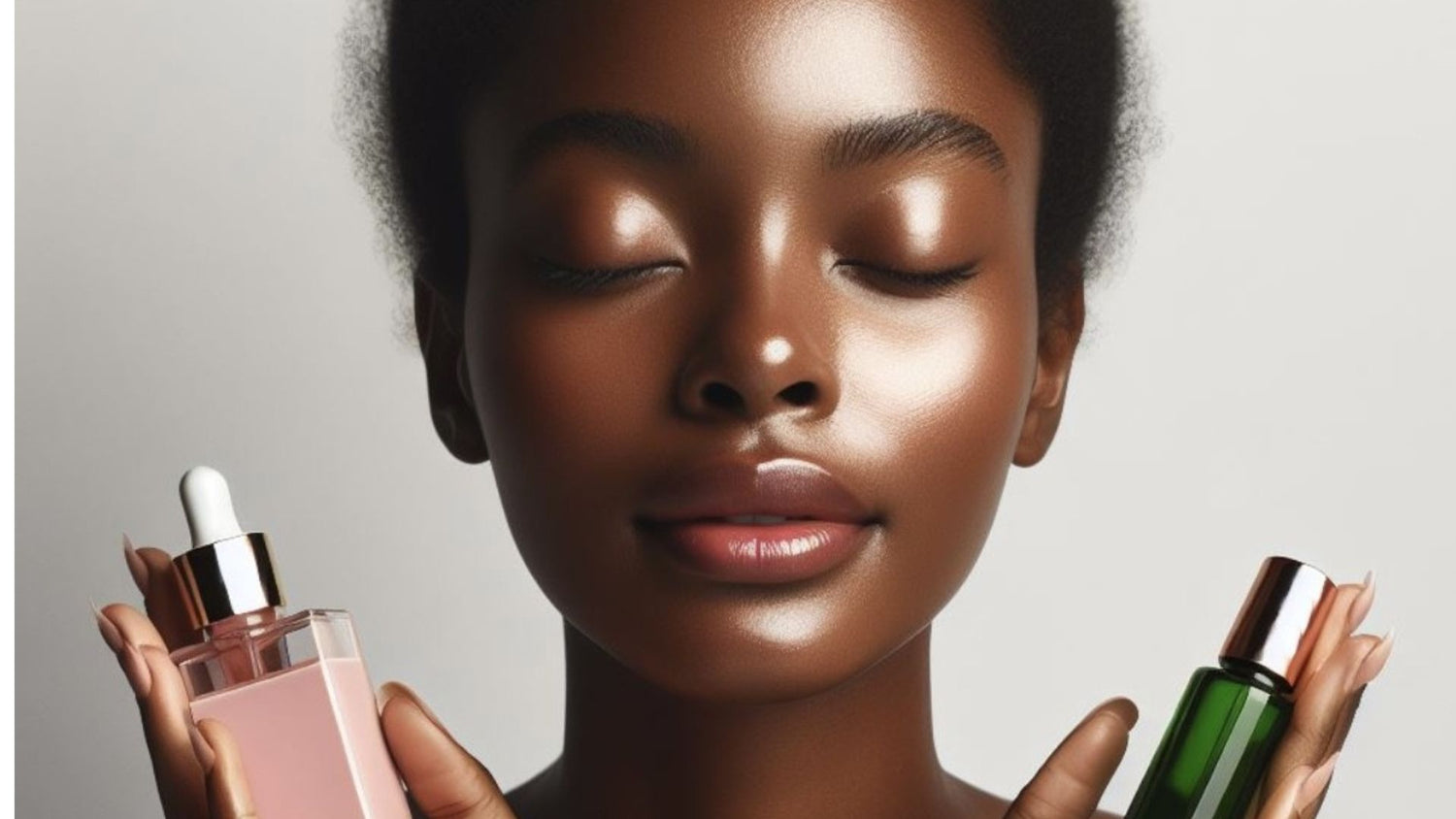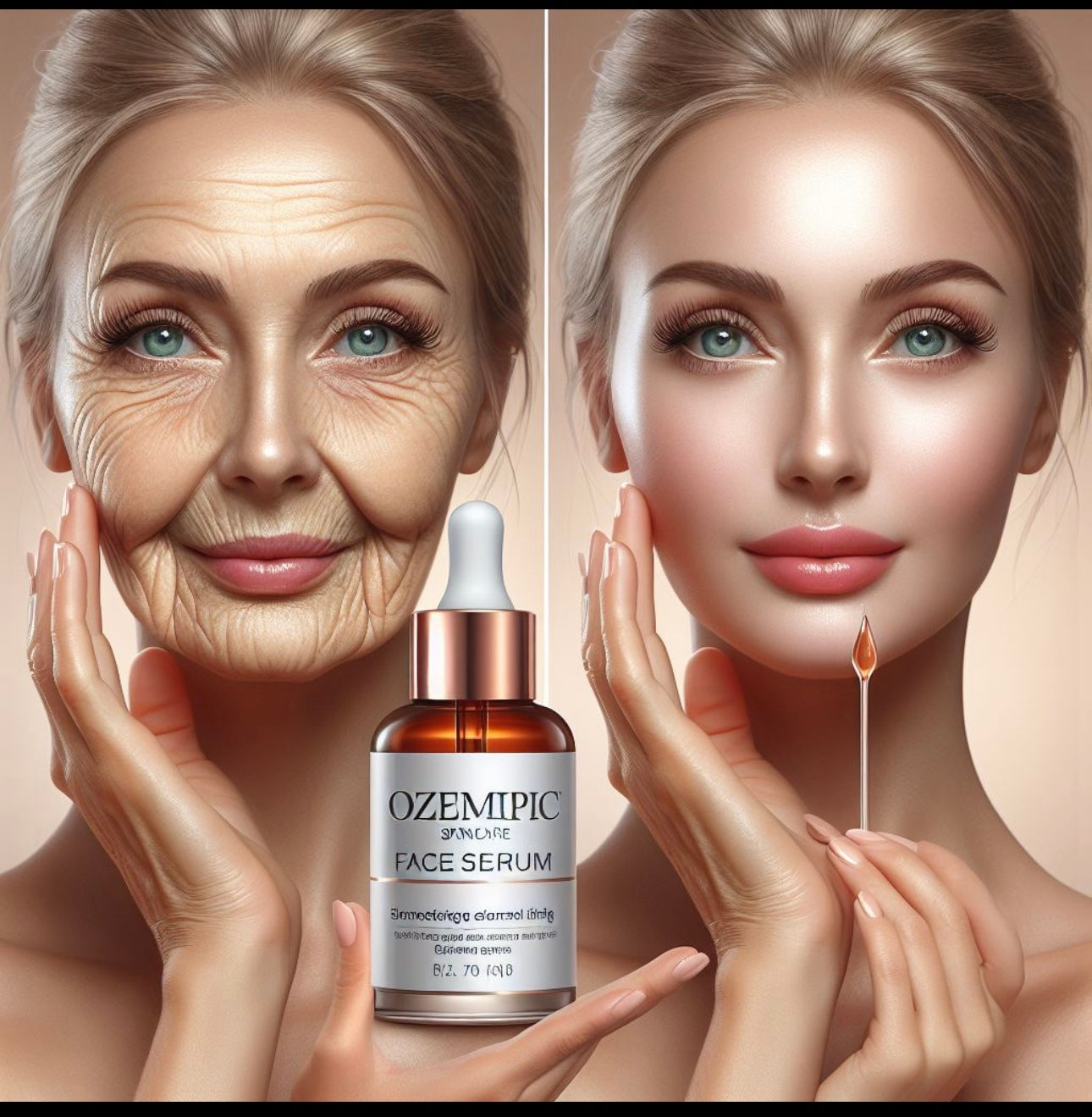The new Food and Drug Administration (FDA) sunscreen rules have received a makeover, just in time for the summer. Although the strict labeling requirements don’t go into full effect until 2012, the revamped rules have been designed to provide the consumer with more protection.
These changes come in an effort to educate consumers about both UVA and UVB ray protection. Previously, we’ve showed you all the statistical information on sunscreen in our post on MD Solar Sciences.
Currently the SPF labels measure the effectiveness of the sunscreens only in their attempt to block one type of ray: UVB. This means they are not truly “broad spectrum” and this is what the FDA wants all labels to have (both a UVA and UVB component). Both the invisible rays ultraviolet A and ultraviolet B can damage the skin, and you get a sunburn (or severe redness) when your skin’s amount of exposure to the sun.
Top tier brands have always been ahead of the curve, and MD Solar Sciences and PCA Skin Sunscreen are just two examples.
The other aspect of the FDA rules is that no brand will be able to call themselves “waterproof” when it comes to SPF. There is no such thing, according to the FDA. Brands can use the words “water resistant” when it comes to labeling. As you likely know, the higher then number in SPF does not necessarily mean that it is statistically significant when it comes to preventing sunburns. SPF 50 is about high as you can go without the numbers becoming meaningless. That said, you should aim for an SPF of at least 30, and this goes for women of color as well.
As for kids, the rules apply to them as well. Parents would do well to consider stocking up on the broad spectrum line designed specifically for youngsters called Sunbow. In bright colors from bubblegum pink to pale blue, yellow and green, this line will have kids clamoring for more (they smell yummy too). At Drugstore.com, and priced reasonably from $13 onwards. The labeling is already in compliance with the new FDA rules.
The new regulations are a welcome change because it urges consumers to see the importance of both UVA and UVB protection (rather than emphasizing the latter). So make sure you check the label of your sunscreen before you purchase, and stay safe on the beach this summer.
– Charu Suri







